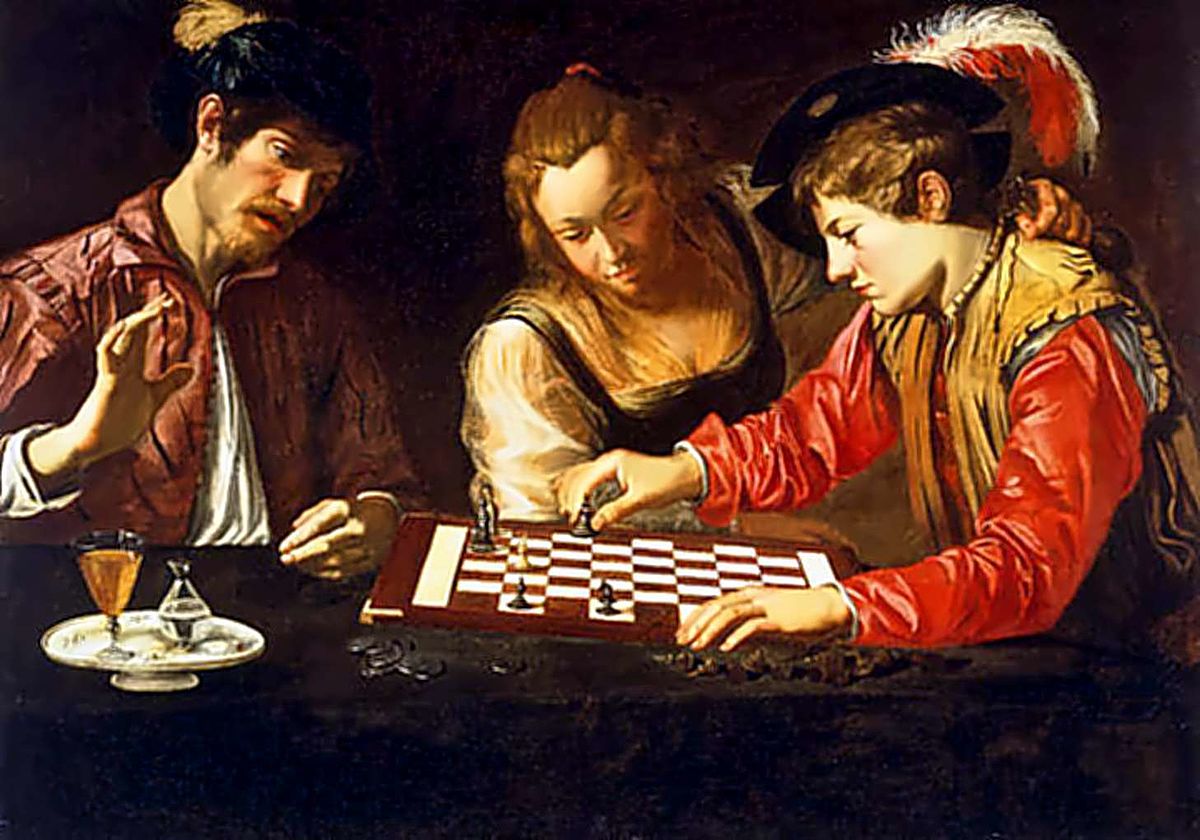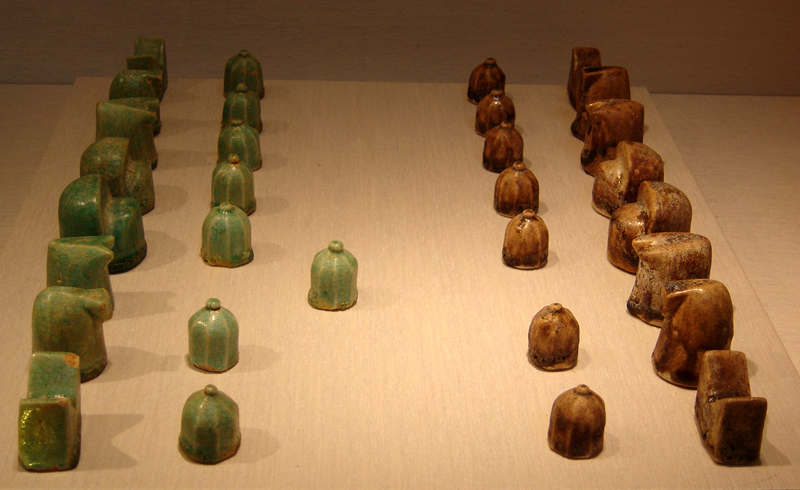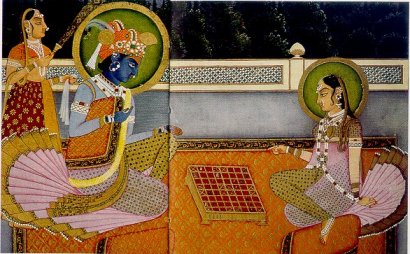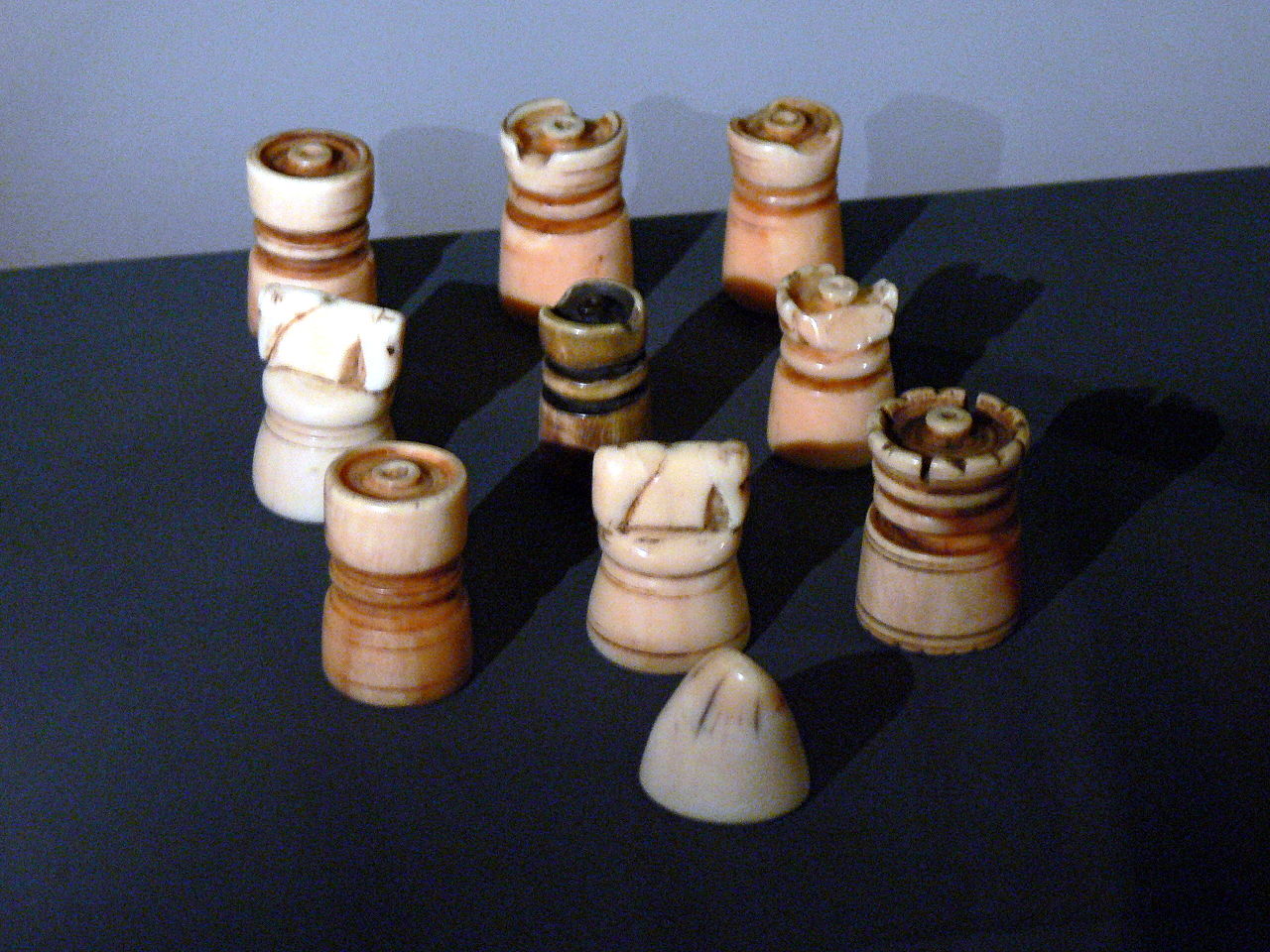
- Chess, History
- April 7, 2022
- 8:58 pm
Who Invented Chess? | A Brief History of Chess
Playing games is big business. According to Business Insider the worldwide video gaming industry earned 120 billion dollars in revenue in 2018. The website statistics values the worldwide board gaming industry at seven and a half billion dollars and it’s not exactly a new thing. The same website values the industry around the game of chess. More than a millennium old at around 190 million dollars a 2012 survey found that some 605 million people in the world still play chess on a regular basis while the rules were a little bit different and the pieces had different names there were people playing a game that you would recognize as chess some 1500 years ago and the development of the game had surprising connections to culture and history across a wide swath of time and space.

The history of the game of kings deserves to be remembered. There is still some uncertainty about the exact origins of chess. Some stories seem to be legendary. one says that chess’s first ancestor was invented by a Chinese commander named Hong Chen during the Warring states period of ancient china in 200 bc. Other references to the game which was called the elephant game exists as well but it isn’t clear if Chen invented any kind of game at all. what the rules were or what relationship it has either to modern chess or the modern Chinese gang of Chongqing – also called Chinese chess.

Another story comes from India which suggests that chess was invented by a wise minister to chastise a tyrant Indian king. The story says the wise men wished to convince the king that everyone in his kingdom had value and so invented the game of chess with pieces that supported the king in various ways. Versions of the story include the king offered a reward and that the wise man asked for grains of wheat or rice. He asked for one grain to be placed on the first square of the board to be doubled in each successive square. The king agreed, not realizing that the amount of rice would quickly bankrupt the kingdom. And he learned another lesson.
Both stories have many variations but modern researchers have been more circumspect. Harold J Murray, a British educator and the son of the first editor of the Oxford English Dictionary, spent 13 years pouring over books on chess, even learning Arabic to read some manuscripts before publishing the 900 page opus, “A History of Chess”. It remains the definitive history in 2012. Chess historian Daniel O’Sullivan said it was so compendious that it may never be supplanted as the standard history of the game. In it Murray traced the history of chess to 6th century India. There, the locals played a game called chaturanga, which roughly translates to “the four parts” and refers to the four types of units in an ancient Indian army. Footmen, elephants, chariots, and cavalry. These pieces would later become modern pawns, bishops, rooks, and knights. What makes chaturanga the earliest true chess is that each piece had its own powers and the game depended on the fate of a single piece – the king.
The game was played on a non-checkered eight by eight inch board originally developed for a different game. The game also included another piece that stood next to the king which was called an advisor or later of tsar in place of the modern queen. Though important, this piece could only move one square at a time and only diagonally. The elephant predecessor to the bishop had different move sets depending on the region, although it could usually only move a few spaces and could jump over other pieces.
From India, Murray tracks the development of chess to Persia. Texts in middle Persia including the 10th century Book of Kings relayed a story in which an Indian king sent a wise man with a chessboard to King Khosrow the first a 6th century Sasanid Persian king with the letter said that if Khasrow wanted to be king of kings, then his court should be wise enough to figure out the game of chess. If they could not, the Persians should be paying India tribute and not the other way around. One of the Persian king’s advisors discovered the game’s rules, thus proving the Persians were wiser. Echoing modern thought, the Persian Book of Chess goes on to say that in chess, the gist and aim of everything connected with it is to be understood through the faculty of intelligence. That story is probably apocryphal, but Murray does track the game from the Indian game chaturanga to the Persian game shatranj. The Persians introduced the rule of saying “shah” when the king was threatened and “shamath” when the king was helpless and those became permanent today’s “check” and “checkmate”. The Persians also introduced the rule that the king cannot be moved into or left in check. While they were picking up chess, the Sasanids had been engaged in protracted wars with neighbors including Rome and then the so-called Byzantine empire.
Combined with internal conflict, Persia was in a weak state just as Arabia was being united by Islam and Muhammad’s caliphate. By 651, Muhammad’s successors had conquered Persia, killed the last Persian king Chautron. Spread across the Muslim world from the conquered Persians largely keeping its shape and the same names of the pieces, the game became incredibly popular among all members of Muslim society. Harūn al-Rashīd was known to be an avid chess player and reportedly made it into a mandatory court activity. His court exchanged gifts with Charlemagne, and in 802 he supposedly sent the Holy Roman Emperor a set of chess pieces as the game traveled westward. One thing became unique to Muslim chess sets – the use of abstract shapes instead of detailed images of soldiers and animals. This was based on a particular verse of the Qur’an which called intoxicants gambling idols and drawing lots for decisions the work of Satan. The bit on idols was taken to mean any true to life image, and so Muslim chess sets had abstract pieces. This passage has since informed the Muslim world’s relationship with chess, up to banning the game entirely as recently as the 1990s. By 711 the Islamic caliphate had conquered North Africa from Egypt to modern Morocco and the next stage was Spain. Over the next century the Islamic wars secured a foothold and then control over most of the Iberian peninsula, they would remain in control of parts of the peninsula for hundreds of years until the end of the Spanish Reconquista.

In 1492 by the 10th century chess had spread to Moorish Spain and also spread from Arabia to the Byzantines and by trade to Russia where it was called shakmati (literally, “checkmate”). By the turn of the first millennium the game spread out of southern Europe to northern Europe often spread by conquering cultures seems to have come to England with William the Conqueror and his son Henry. Chess became known as a game of high culture and nobility, exemplified in the many highly detailed sets of the period. Books about the game proliferated.
Murray organizes them into instructional works like Desakis written in 1180 ones that connected chess with morality like ‘The Book of the Customs of Men and the Duties of Nobles’, and books focused on chess problems. The earliest European reference to chess is probably the disciplina clericalis stated in the early 1100s which lists chess as one of the skills a good knight should acquire rules for. The games were also included in the book of games commissioned by King Alfonso X of Castile in 1283. Europe reintroduced representative pieces but as they were, based on the abstract pieces of the Muslim game, they ended up looking quite, a lot different than the original pieces of the Indian game and they were highly impacted by culture and religion. For example the piece that in India had been an elephant in the Muslin game had a notch at the top of the abstract piece. So, in some European countries that came to be called the bishop or the counselor, because to them that notch looked like the top of a bishop’s hat or mitre. However, in France they thought the piece looked like a jester’s cap and so that piece became the fool. Across the world in Mongolia, that piece became a camel.
The rook followed from the Persian word for chariot. In the early middle ages it appeared as many things from crosstal birds to two horse heads or even an elephant carrying a tower. It was first referred to as a castle or tower in the 16th century. All of the pieces went through different names in different regions and some were called marquis, count, or rector.
The pawn became associated with the ever-present medieval footmen or minted arms. Europe also introduced the checkered board with alternating light and dark squares.
The queen piece experienced the greatest change in Europe where it moved from an advisor that could only move a single space, to the powerful piece that it is today. Around 1300, the piece had changed to be able to move two spaces diagonally on its first move and to jump over other pieces. It was first called a queen in a Swiss poem from 997, and some early sets depicted the piece as feminine in Spanish the Arabic furors or advisors became feminized.
It would take several hundred more years for the queen to gain its modern moveset. Historian Marilyn Yolom argues that the development of the queen’s move was influenced by several high-profile women in power, especially Eleanor of Aquitaine, who was queen consort of both England and France. During her life, Blanche of Castile and Isabel the first queen of Spain, as well as the growth of the cult of the Virgin Mary she also points to the relatively great power of women.
In the Silvaric ideal of courtly love we actually can date the shifts from the old moves to the new ones with fair accuracy to the last quarter of the 15th century. During the reign of Queen Isabella, a late 15th century poem called Chess of Love uses a game of chess as a metaphor for courtly love, and clearly uses the new rules for the move of queens as well as bishops. Another printed in Spain in 1497 is important because it describes both the old rules for those pieces as well as the new. This includes the new movement of the queen as well as the bishop who could now move across the whole board and the ability of the pawn to move two spaces on its first move. It isn’t certainly exactly who developed the new rules or whether it came initially from Spain or Portugal or even Southern France. However, it spread quickly by the publication of rule books and possibly by Jewish immigrants who were exiled from Spain in 1492. This type of chess came to be called queen’s chess, or for those who disliked it on misogynistic grounds mad woman’s chess.
One of the final rule changes regarded the king and occurs only in European forms of chess. First in the 15th century, the king gave an ability to jump on its first move although rules varied and later was able to shift simultaneously with the rook in a move called castling. It is the only chess move in which two pieces are moved and by the 17th century reached its modern appearance. Chess historian Henry Davidson suggests this change was directly in response to the move changes of the queen and bishop to more easily protect the piece. These changes massively altered the game, generally making the game much faster and more aggressive.
Some early medieval chess games could last days both in Islamic kingdoms and Christian ones. The game became controversial as it was often wagered over. King Louis IX targeted with a religious edict banning gambling. The archbishop of Canterbury threatened to punish lower church officials if they wouldn’t stop playing chess. Even the puritans thought chess was frivolous. Churches continued to pressure authorities to ban chess all over the world but the public continued to play.
The advent of Gutenberg’s Printing Press played an important role in the spread of chess as well. The first book printed in English was made by William Caxton and was a translation of a French book about the Trojan War. The second was a translation of the game of chess written two centuries earlier by 1512. Literary chess works had ceased to mention the old chess at all. Professional chess players abounded and began studying and analyzing chess in many books, as well as presenting chess problems where authors presented a particular scenario on a board with a challenge as an intellectual exercise. Chess players and thinkers began publishing and developing strategies leading to classic openings defenses and in-game strategies.
François-André Danican Philidor of France was considered the best chess player of his age and he emphasized the use of pawns in strategy. He published a highly influential book analyzing chess in 1749 which would go through 100 editions in 10 languages. In 1834, a series of 85 games between the acknowledged master Louis Charles Mahe De La Bourdonnais and an Irishman named Alexander Mcdonald were printed widely across Europe. The sixth match contest is sometimes called the first world championship, years before any official championship. Other tournaments introduced the concept of speed and later timers.
In the London tournaments of 1851 one player studied the board for two hours before making a move . The first official world championship was played in 1886. The World Chess Federation was formed in 1924 and now serves as an international body that runs tournaments as well as bestows titles like Grandmaster. Today the rules of chess have stabilized, highly regulated by an international governing board, but you can still find versions of chess that are very different. Some on different boards or some with fairy pieces – pieces that aren’t included in a standard chess set. The rules of the game developed over time based on the culture of whoever was playing at the time or wherever they traveled to it can really be seen as a combination of all those cultures of course today. Computers can play chess better than most or maybe all humans and that has changed the game, too. But it’s best to see chess as more than a game, rather as a culmination of the history and culture of the millions of people who have played that game in a millennium and a half of development. Even if the pieces had different names or the moves were slightly different, and it’s also illuminating to realize what has stayed the same after all the ancient Indian game of chaturanga was played on an 8 inch by 8 inch board.
Read also
How to become a Chess Grandmaster
The Sicilian Defense: A Comprehensive Overview
5 Beginner Mistakes to Avoid in Chess
Best Chess Software for PC [Top 5]
Best Chess Software for Mac [Top 5]
